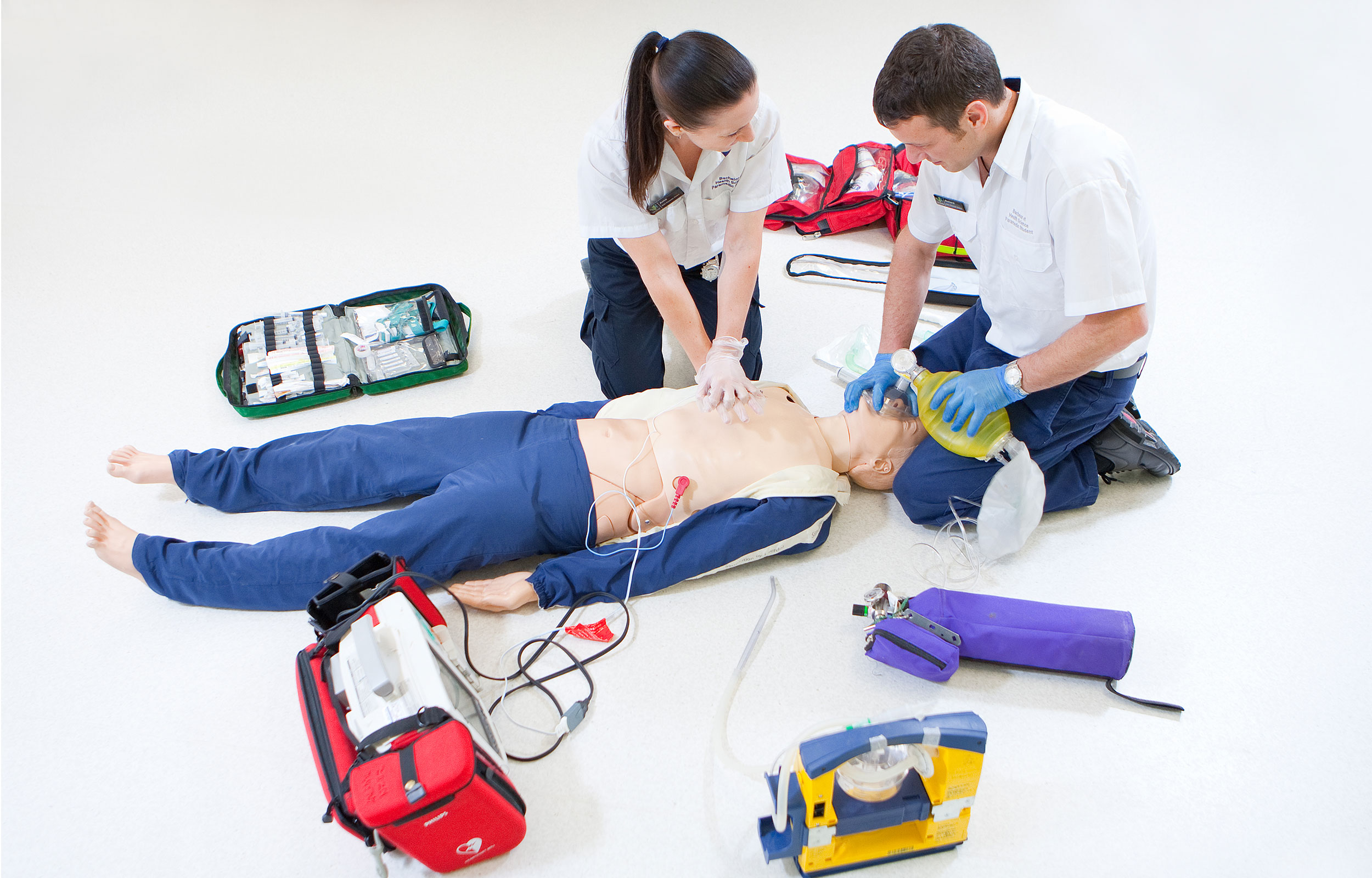The field of emergency medical care (EMS) is an honorable and essential profession, offering a rewarding career path that focuses on the saving of lives and delivering critical care. You’re entering a field which is incredibly lucrative and has there is a huge demand for skilled professionals. In this article, we’ll guide you through the steps to become an EMT and paramedic, exploring the various training options available, including DSHS approved EMS training course.

Understanding the role of EMTs and Paramedics:
Emergency Medical Technicians are also referred to as paramedics or EMTs are the first emergency responders. They are able to provide immediate help. They are trained to assess and take care of patients and transfer them safely to medical facilities to receive additional treatment. Paramedics, EMTs as well as other medical professionals, play an essential role in stabilizing a patient during a critical moment taking split-second decisions, and offering compassion to patients who are suffering.
Step 1: Becoming an EMT:
You must complete the training and education program and the requirements may differ depending on the level of certification you’re trying to reach. There are three levels of EMT certification:
1. EMT-Basic (EMT-B) The EMT-B is the entry-level certification and is based on 100-150 hours of instruction. EMTs-B have been trained in basic medical treatment, including CPR as well as bleeding control and basic management of airways.
2. EMT-Intermediate is a level which requires more education. The amount of additional training needed varies from state to another. The level is able to be combined with EMT B in some places however, it could require training of 200-400 hours. It may also require in-hospital treatment as well as expanded medical expertise.
3. EMT Paramedic (EMT P) EMT-P is considered to be the highest level of certification for EMTs. Training required for this level typically lasts from 1,000 to 1,800 hrs. Paramedics are trained in the latest medical procedures, including the administration of medications in the form of EKGs, interpretation of EKGs, as well as the management of airways that is advanced.
Step 2: Applying for Paramedic Certification:
You must pass your EMT B or EMT I level before you can become a paramedic. You’ll then be able to enroll in an ambulance course that typically takes anywhere from one to two year to complete. In this rigorous instruction, you’ll learn about more advanced medical issues and gain the necessary skills and knowledge to handle critical situations independently.
Step 3. Examining EMT Optional Training:
You can select from a range of EMT training courses, based on the level of your certification. EMT training is typically offered by community colleges and medical trades schools that offer all certifications. The courses offer a mixture of classroom training with hands-on instruction and practical experience on the field as well as in clinical setting.
If you’re searching to pursue a more comprehensive and complete EMT program that leads to a degree, universities and colleges may offer EMT education at the level of EMT-Paramedic. These courses will give you greater understanding of emergency services and an expanded perspective on medical decisions.
Step 4: Ensure DSHS approved EMS Training:
If you’re aspiring to become EMTs and paramedics, it is essential to make sure that the training program you choose is DSHS certified. The Department of State Health Services approves EMS courses to ensure that they meet high standards of competency and education. You can be assured of getting the most effective training by enrolling in a DSHS accredited EMS training program.
Becoming an EMT or paramedic is an extremely rewarding and prestigious career choice. As first emergency responders, EMTs and paramedics play a crucial role in saving lives and providing prompt medical treatment in emergency situations. To begin this lifesaving endeavor, EMTs and Paramedics are required to complete education and training. The EMT certification course can be completed at the community college, medical trade school, or university according to the desired level of certification.
While assessing the various options for training You should also make sure that the EMS course is DSHS certified. This way you’ll be sure that you’re receiving top quality training that meets the required requirements for EMT and paramedic certification.
As the need for qualified emergency medical professionals increases, EMS provides a wealth of career opportunities as well the opportunity to positively impact the lives of other. If you begin as an EMT-Basic, or you want to become a paramedic, your dedication to providing essential medical care will pay off with a fulfilling and purpose-driven career in emergency medical services.
